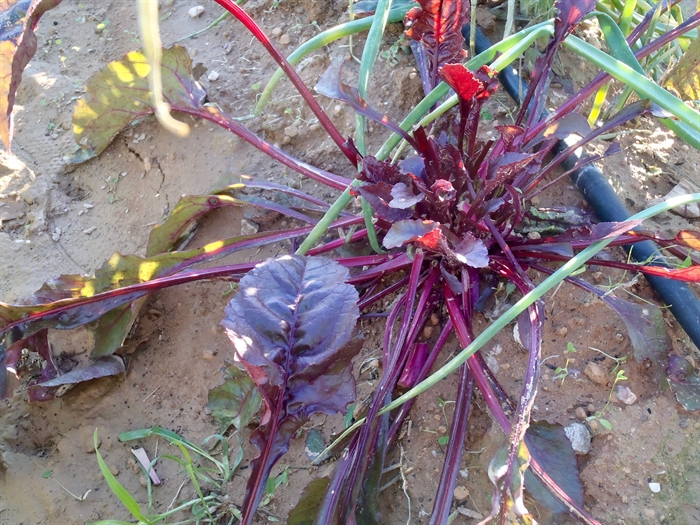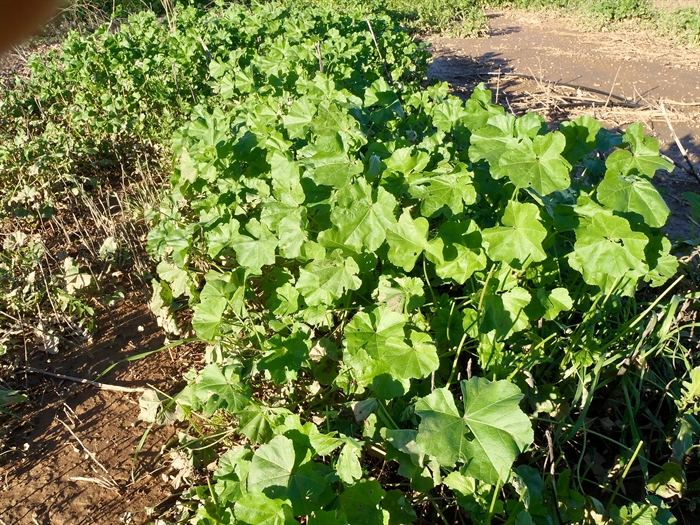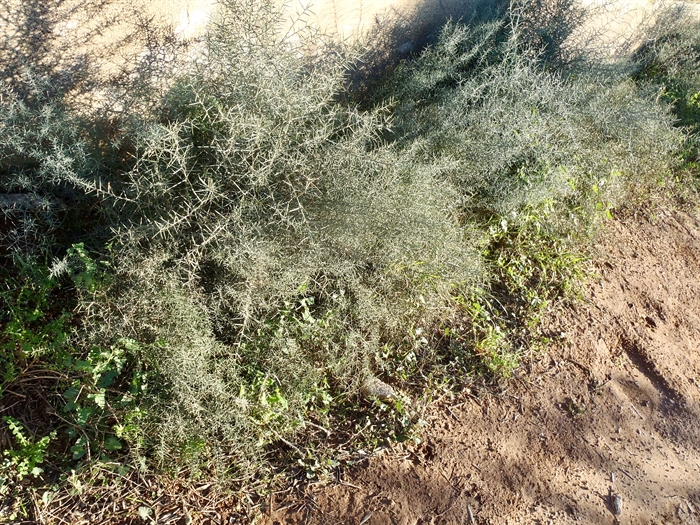
Wild beet
(SCOTT MORAN / iNFOnews.ca)
December 21, 2016 - 12:00 PM
Have you ever wondered how a beet became a beet? We don't see beet roots popping out of the ground as we walk around the countryside. In the wild, they don't exist. This is true with most vegetables.
Most produce comes from centuries selectively breeding wild plants. We refer to these wild plants as weeds. Weeds are vegetables, vegetables are weeds. Being that North America, especially the west, is a recently colonized land, most of our produce comes from Europe or elsewhere.
I call the Okanagan Valley home, but this will be my third winter spent in Europe. I have become well aquainted with the weeds of Europe, and in Southern Spain a few of my favourites are thriving in the mild climate.
Beets and swiss chard both come from one wonderful wild plant. It can be found growing across all temperate regions near the Mediterranean Sea. It can also be found on the coastlines of Britain, France, and neighbouring countries. The wild beet leaves can be red, green, or a bit of both. This constant mutation and mixing of varieties is what gives these edible greens their evolutionary and nutritional advantage when compared to over - bred farm crops. The root of the wild beet is inedible. This is the part that had to be painstakingly bred in to the plant over time.

Wild mallow
(SCOTT MORAN / iNFOnews.ca)
In four to six weeks, after a slight increase in daylight hours and temperature, asparagus shoots will appear across Spain. This is not the same asparagus that is grown and sold. In BC wild asparagus can be found, but it is the farm crop version of asparagus that has escaped domestication and volunteered to grow itself in the agreeable climate of Southern BC. Right now, in late December, wild asparagus appears as a small prickly bush, like a smaller and slightly less uncomfortable rose bush.
Mallow is a leafy plant that grows on every continent. It is nearly identical to marsh mallow, it's marsh - loving cousin. The classic campfire treat has its origins in extract made from marsh mallow. Canadian mallow is small compared to the bushy specimens currently surrounding this farm I'm living on in Spain. Mallow is mucilagenous. When added to soups, it is a natural thickener. My favourite use for mallow is as the main ingredient in a wild tea blend (which I sell at the Kelowna Farmers and Crafters Market ). The flavour is mild but will give your tea 'body' and perfectly accompanies stronger flavours.
There are many other examples of edible weeds, and even grasses. In BC ryegrass is abundant. Amaranth (the staple grain of the ancient south and central american diet) is growing on every continent. Wild carrots, also known as Queen Anne's Lace, are common in Canada and Europe. There is more untapped potential in our surrounding flora and fauna than we can individually comprehend.

Wild asparagus
(SCOTT MORAN / iNFOnews.ca)
News from © iNFOnews, 2016